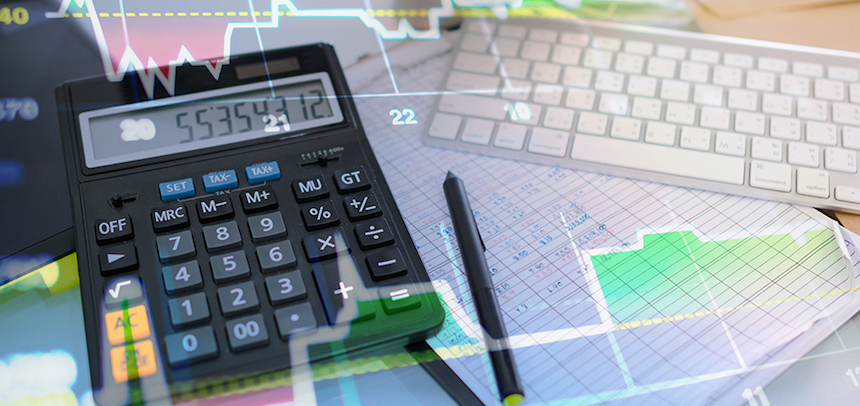Market Cap Explained

If you’re researching stocks or stock funds, you'll often see companies categorized by market capitalization. But what is this, and why does it matter?
Market capitalization, or market cap, is one measurement of a company's size. It’s the total value of a company's outstanding shares of stock, which include publicly traded shares plus restricted shares held by company officers and insiders.
To calculate market cap, you take the total number of a company's shares outstanding and multiply that figure by the company's current stock price. For example, if a company has 5 million shares outstanding and its current stock price is $20, it has a market capitalization of $100 million.
You may hear companies described as large-cap, mid-cap or small-cap—or even mega-cap or micro-cap. The delineation between each group can vary, but generally, you'll see them broken down like this:
- mega-cap: market value of $200 billion or more;
- large-cap: market value between $10 billion and $200 billion;
- mid-cap: market value between $2 billion and $10 billion;
- small-cap: market value between $250 million and $2 billion; and
- micro-cap: market value of less than $250 million.
Certain stock indexes or investment funds will use this measure to group companies together by size. For example, the S&P 500 is made up of mega-cap and large-cap stocks and is weighed by market cap, so companies with a higher market cap account for relatively more of the index than companies with a comparatively smaller market cap. Meanwhile, the Russell 2000 Index is a small-cap stock market index.
Newer investors might mistakenly believe that stock price alone could be a good indicator of how large a company is, but what’s most important in determining a company's size is the number of shares outstanding.
Take Company A and Company B, for example. Both have stocks trading at $50 a share, but Company A has 5 million shares outstanding, and Company B has 5 billion shares outstanding. That means Company A has a market cap of $250 million, making it a small-cap company, whereas Company B has a market cap of $250 billion, meaning it's a particularly large, large-cap company—often called a mega-cap company.
Why Market Cap Matters
For starters, market cap can give you a general idea of where a company stands in the business development process. Is it a relatively new public company, for example? If so, it might have room for growth. After all, access to investor capital to expand the business is why many companies decide to go public in the first place.
Market cap can also provide a rough gauge of a company's stability. Large-cap companies tend to be less vulnerable to the ups and downs of the market than mid-cap companies, and mid-cap companies are generally less susceptible to volatility than small-cap companies.
That's in part because larger companies typically have greater financial reserves and therefore often can absorb losses more easily and bounce back more quickly from a bad year. At the same time, smaller companies might have greater potential for fast growth in economic boom times than larger companies. This is why some dividend seekers will use market cap as a filter when looking for companies that pay consistent dividends.
These generalizations are no guarantee that any particular large-cap company will weather a downturn well or that any particular small-cap company will or won't thrive. Still, market cap can be a useful gauge—particularly when it comes to diversifying your portfolio. When you diversify, you aim to manage your risk by spreading out your investments. You can diversify by investing among different asset classes; for example, by investing in both stocks and bonds. And you can also diversify within asset classes. Investing in small-cap and large-cap stocks is one example of diversifying within one asset class (stocks).
The Limitations of Market Cap
Something important to keep in mind is that market cap is the perceived value of a company because stock price is determined by investors. It isn't necessarily the actual value of a company and all of its parts. Some of that perceived value may stem from expectations of future growth or the introduction of a product, but those expectations may not pan out, in which case the share price of the company—and thus its market cap—is likely to adjust accordingly.
That's why it’s a good idea to look at a number of metrics when considering an investment. Market cap can be one tool you use to develop a diverse portfolio, but it shouldn't be your only tool.





